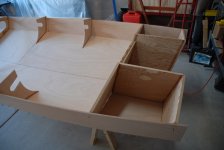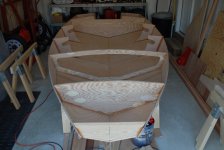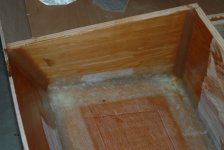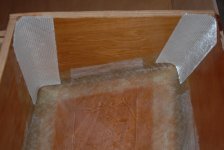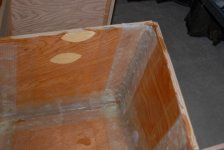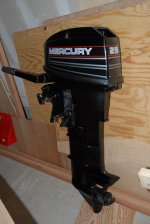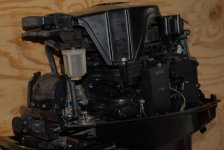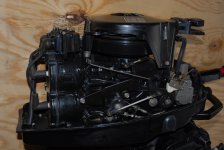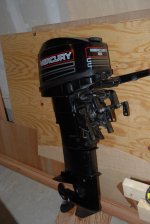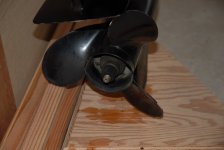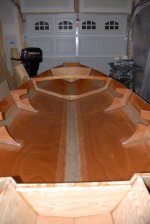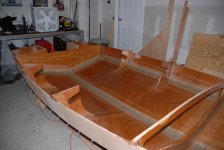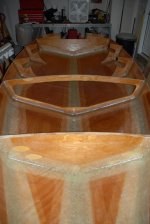"When you lay your final cloth over the hull and wet it out you won't notice the 'bump' from the edge of the tape"
Ryan, that doesn't make sense. There will be a bump... in fact it was a "wavy" bump in my case (waves were caused by the uneven, rounded curves where wood meets wood). I used biax as a tape first, then sheathed. It left well... a layer around the edges of the boat that I then had to fair with lots of epoxy and micro balloons...
A better idea would be to sheathe the hull... placing the 2 edges of the cloth (assuming 2 pieces of cloth are used on both starboard and port sides) right down the middle of the boat, then do the process again. The fairing will occur on the sides of the boat instead of one side of the hull.
Guys will say "this is a duckboat"... their right of course. But if you choose to be finicky, then you have to think this stuff through. When the cloth overlaps, you've created a layer say... on one side of the hull. That layer (assuming you are finicky) has to be faired smooth. So... in the end, one side of the hull is now slightly thicker than the opposing side? That equals better performance on the water.
Remember, sheathing is for abrasion resistance, not hull strength. Fillets provide the hull strength.
Food for thought. Plus, I'm frequently wrong.
A.

